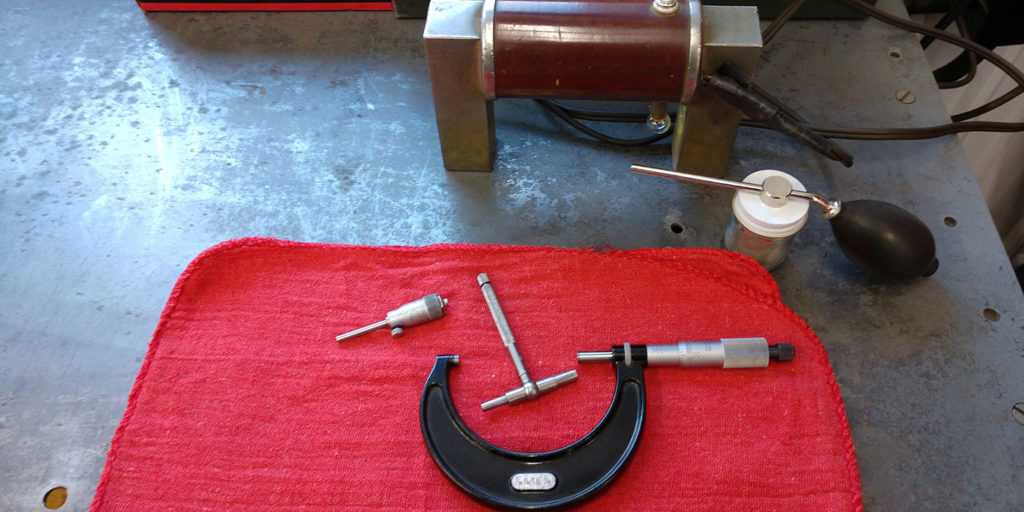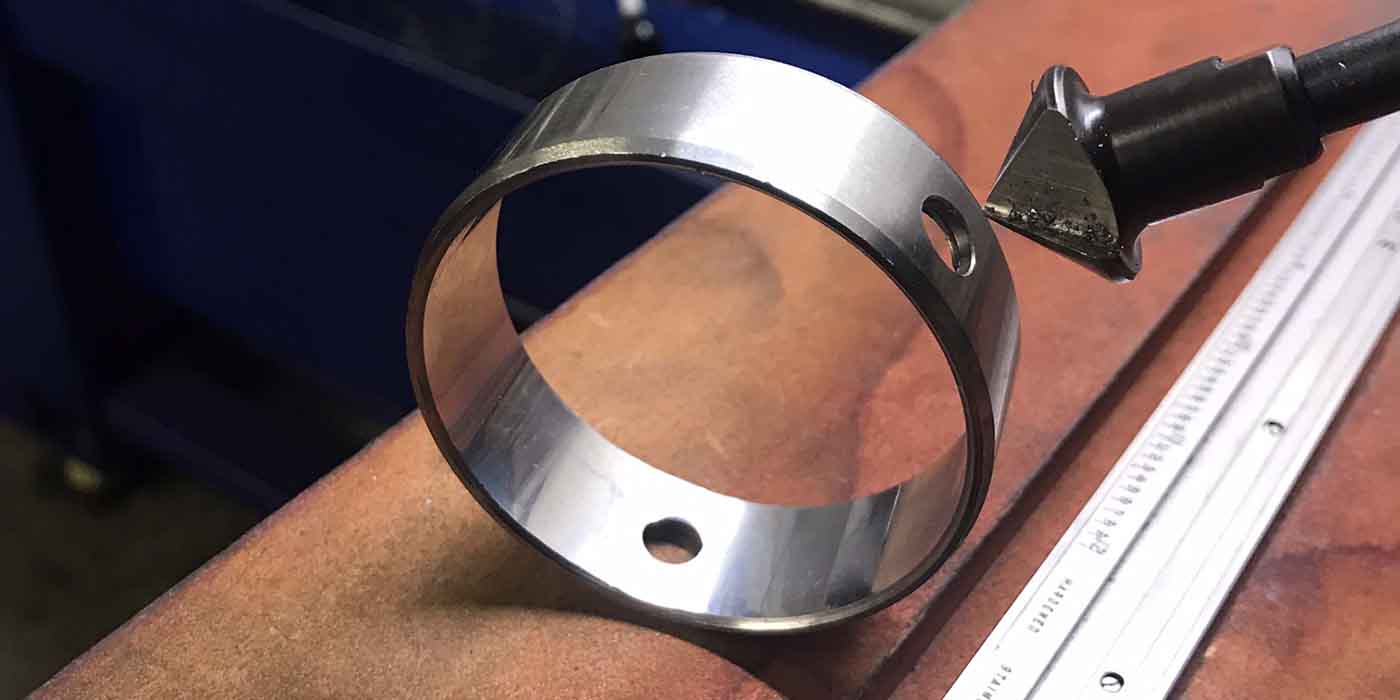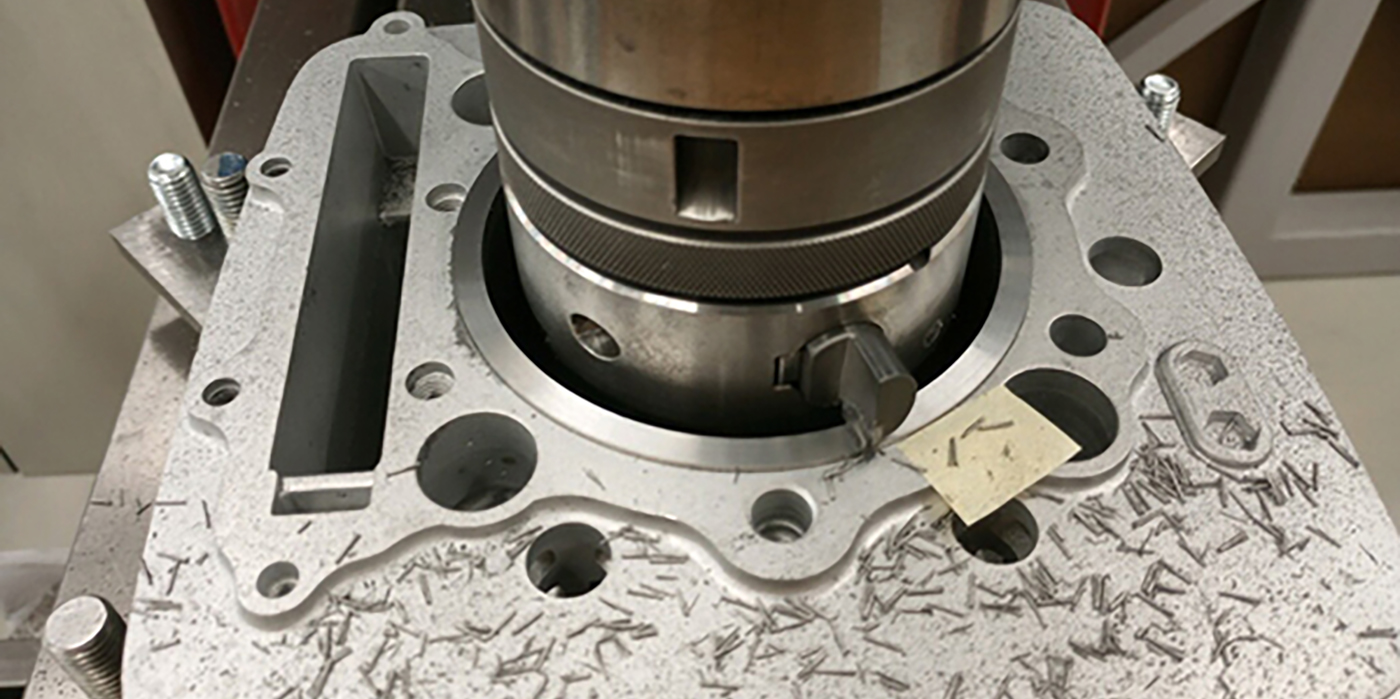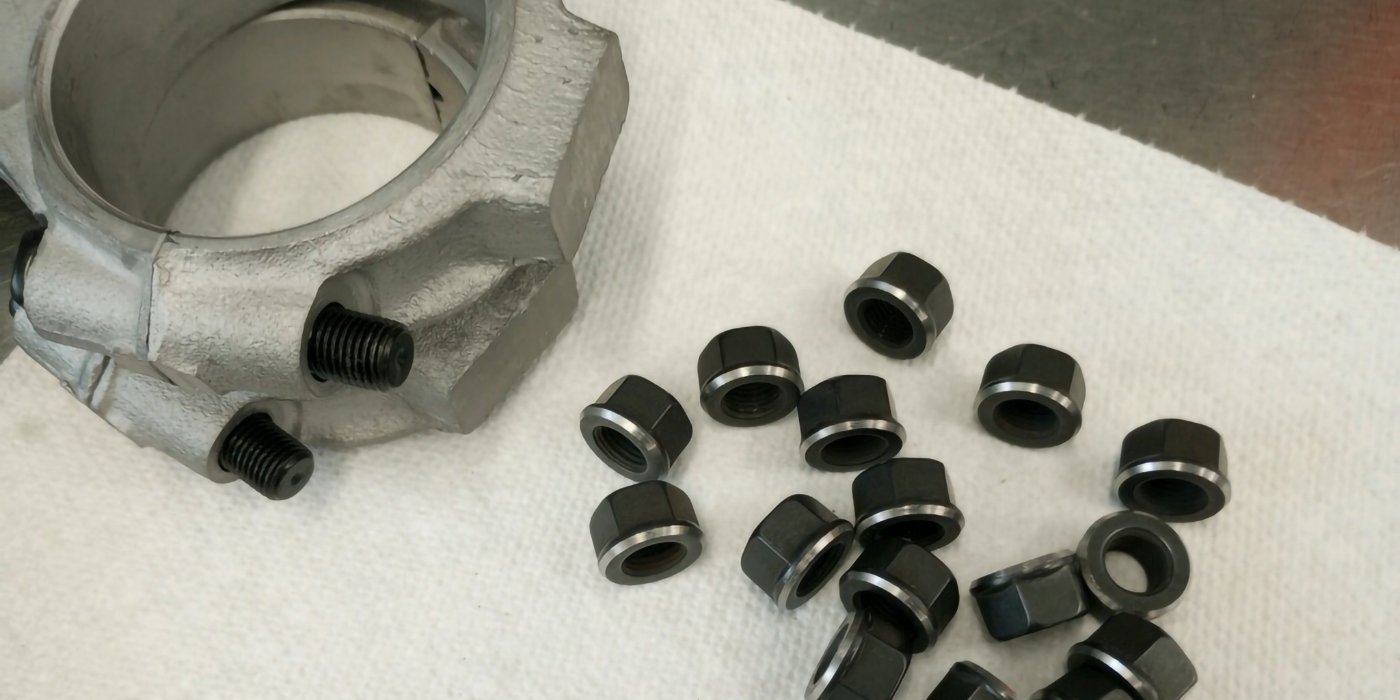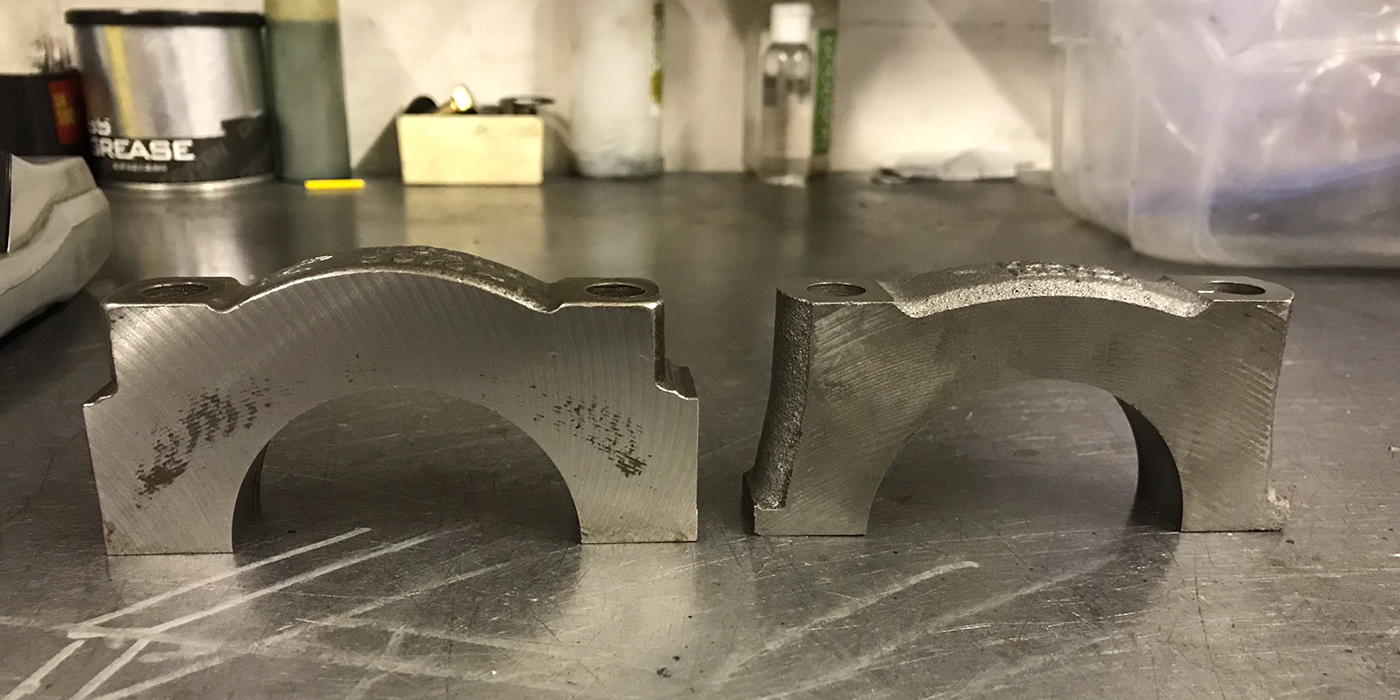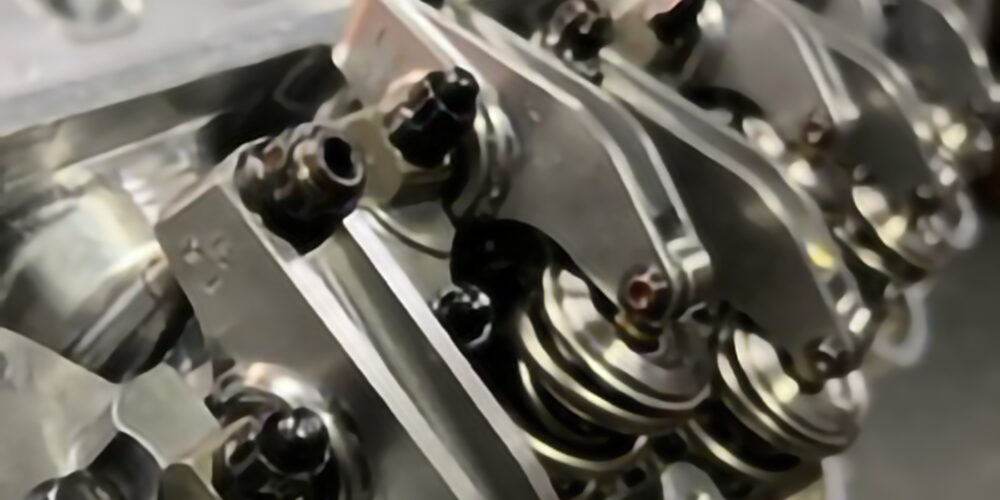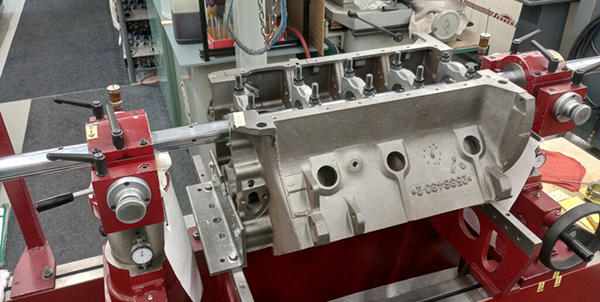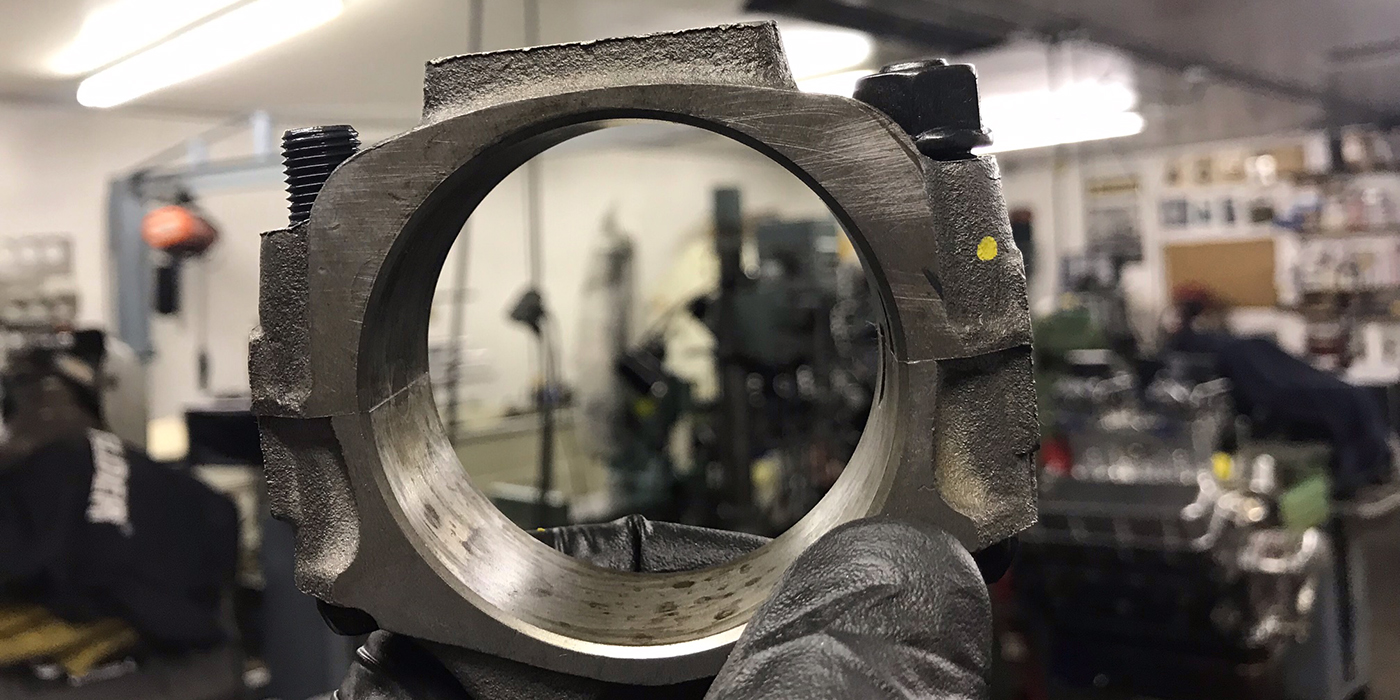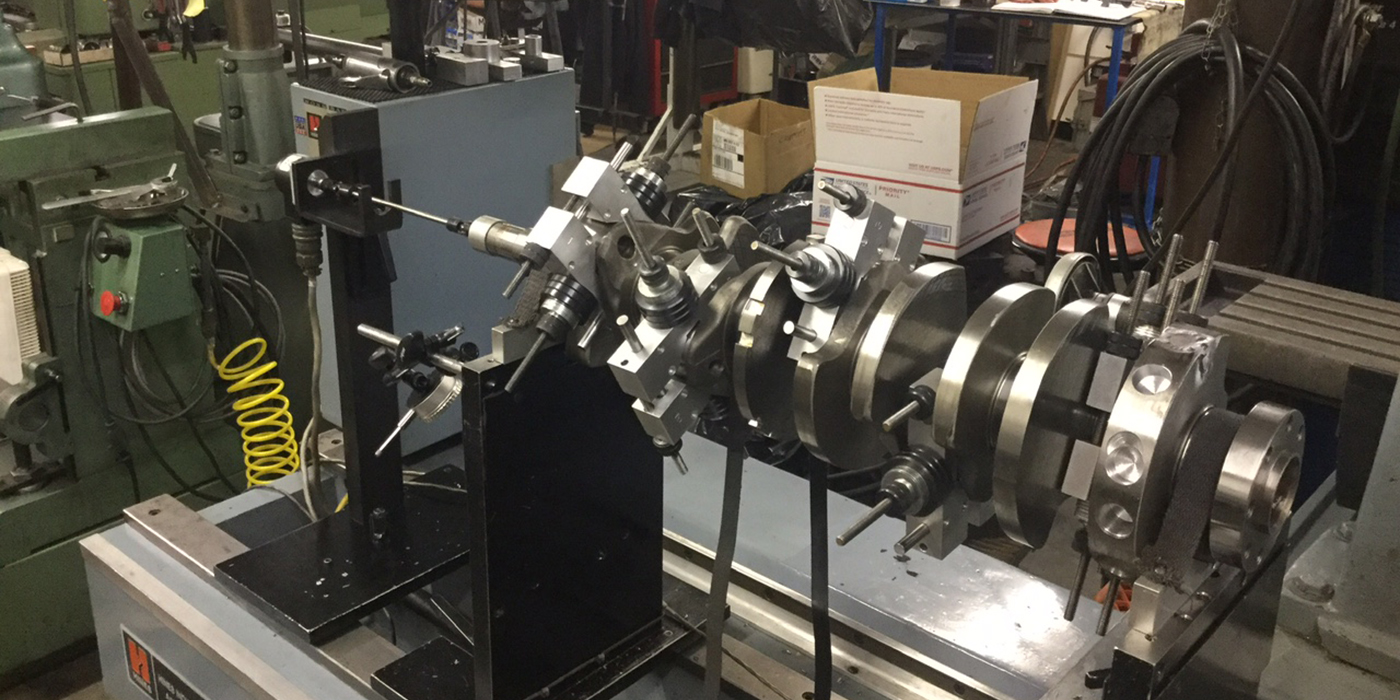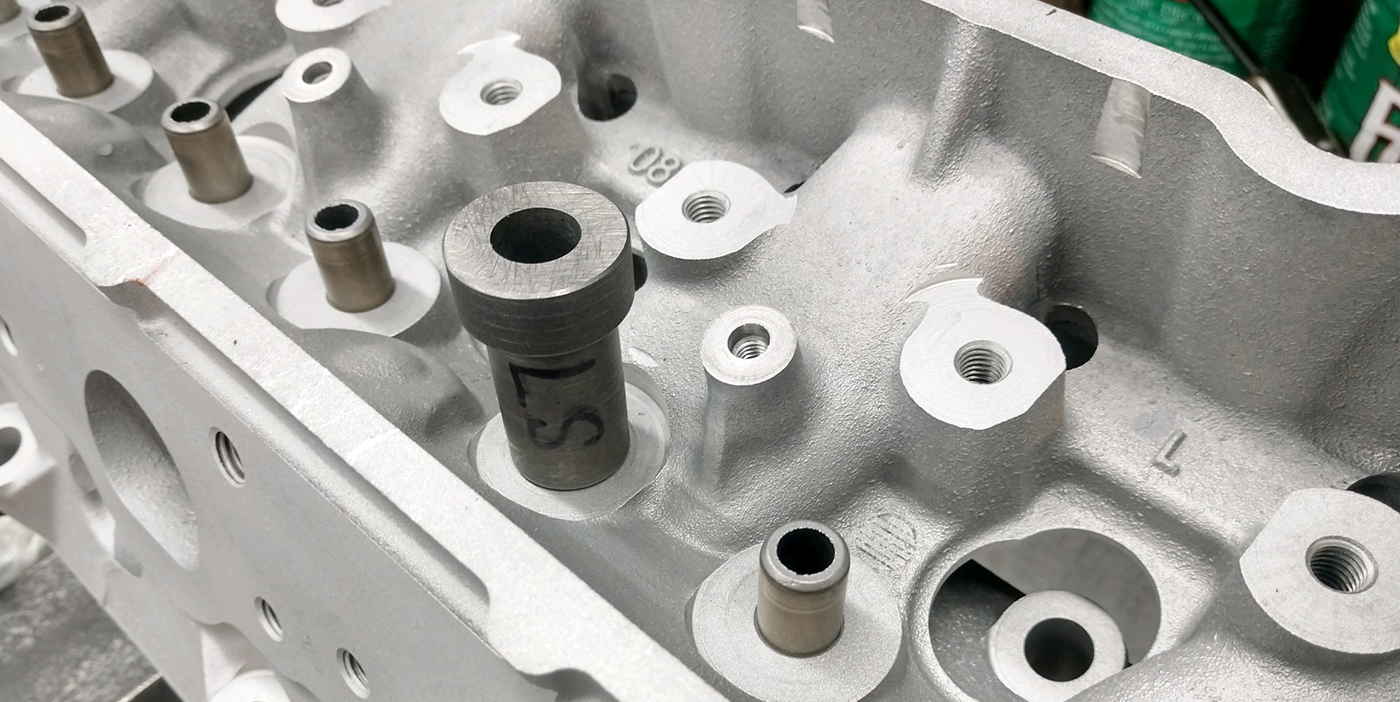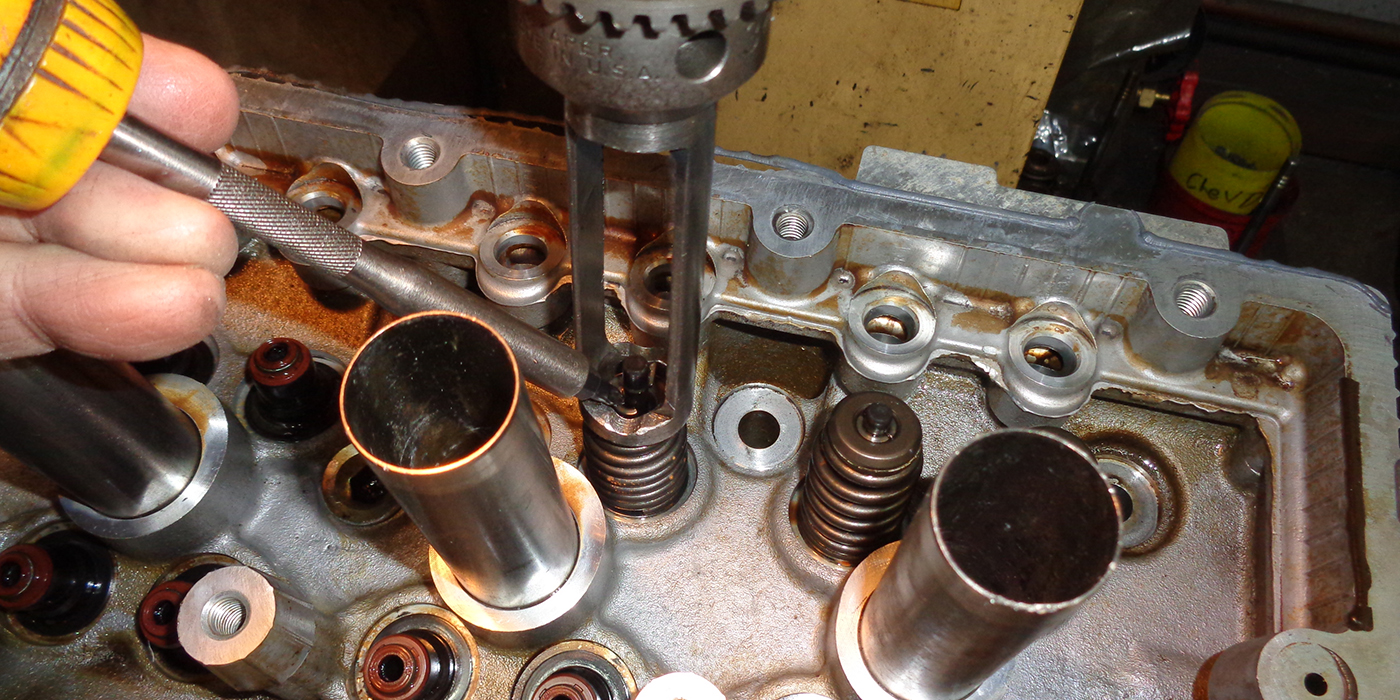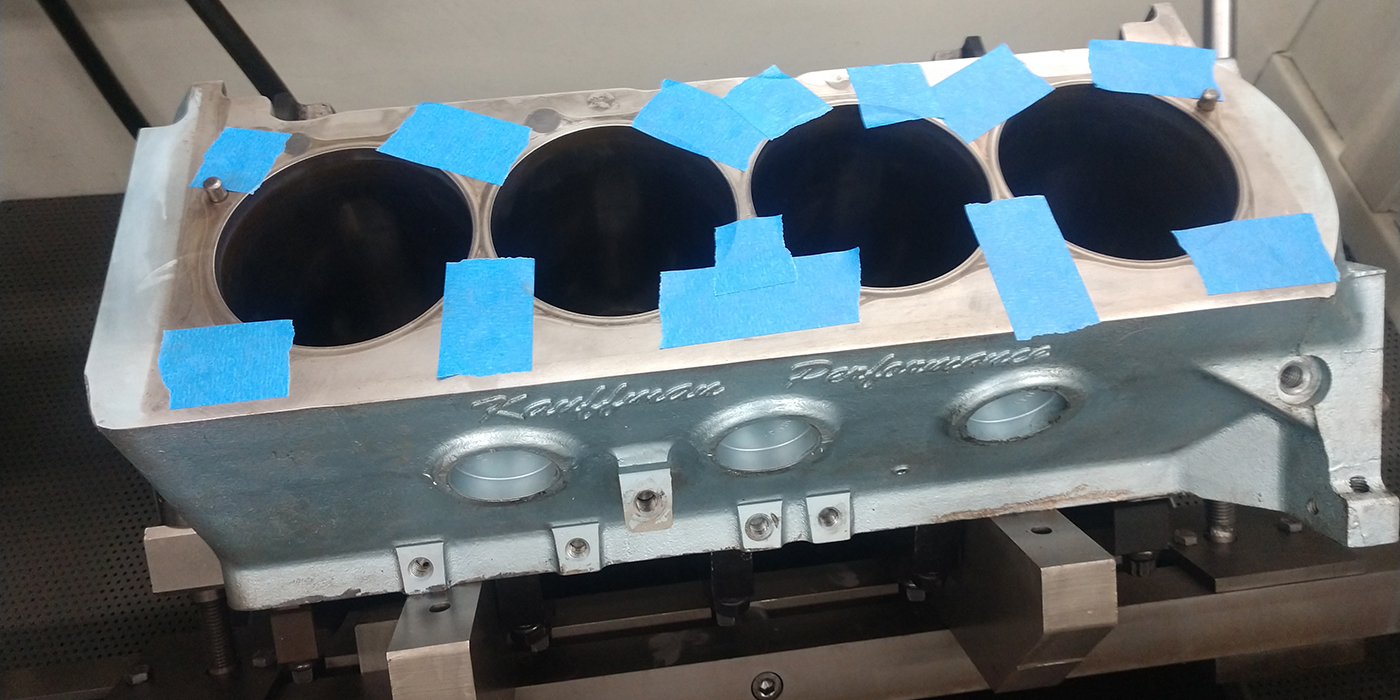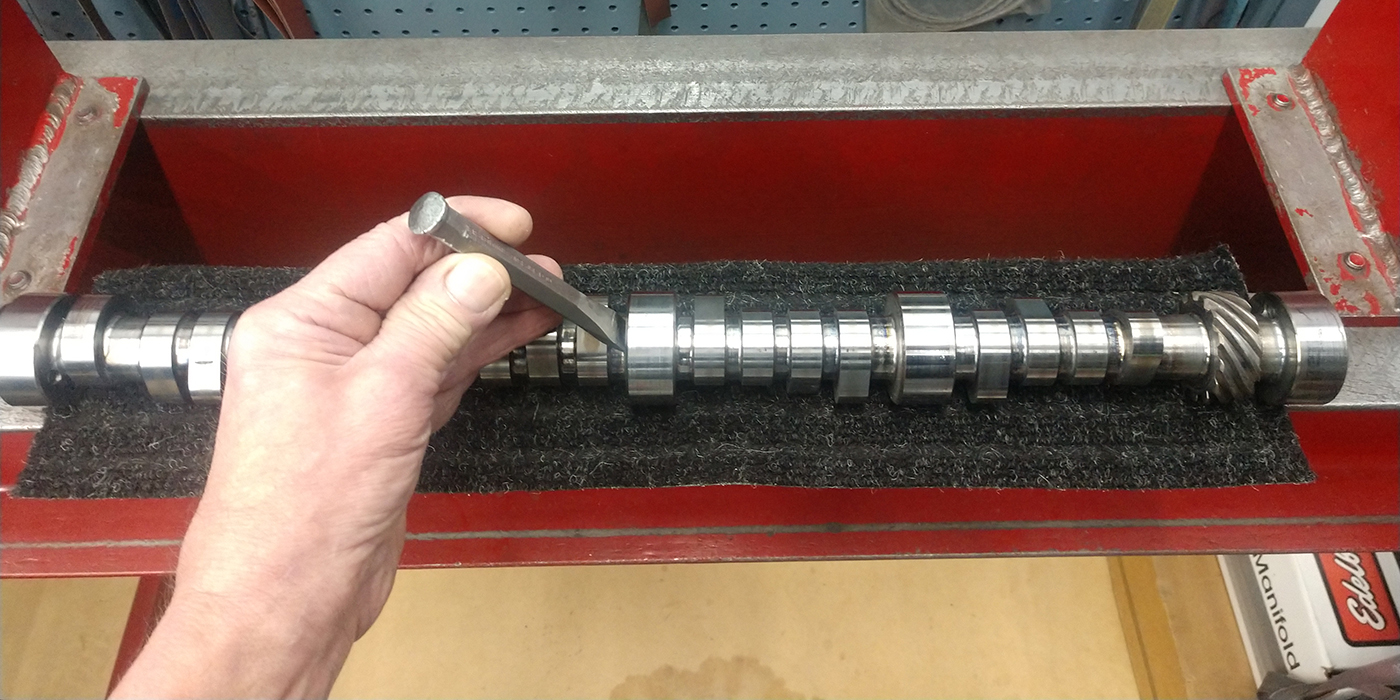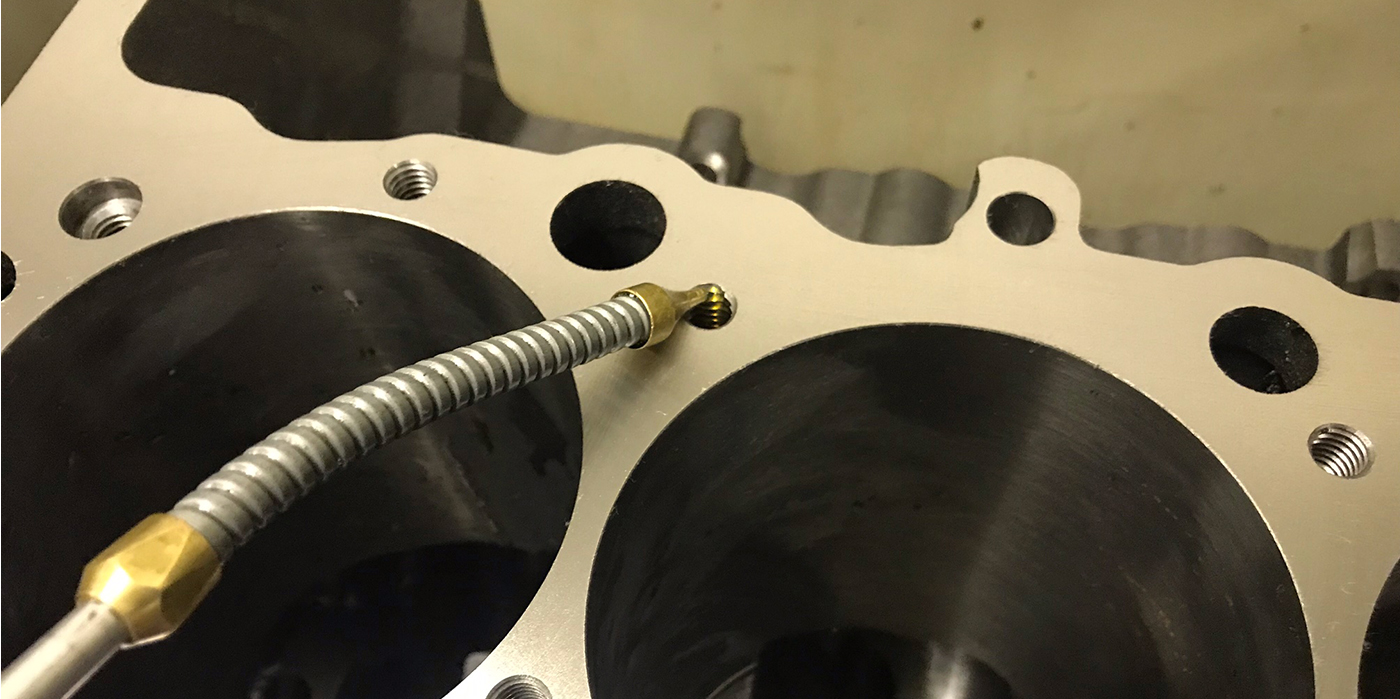NUMBER YOUR STONES
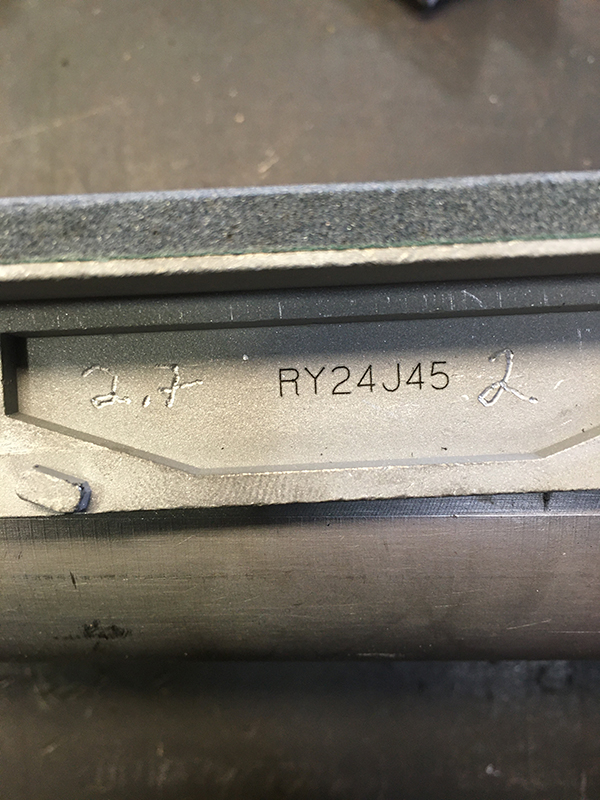
When changing stones on your line hone from cast iron blocks to aluminum blocks with billet caps, I take an engraving tool and engrave a #1 on my mandrels to mark where to start and engrave the stone position and mandrel size into each stone. It makes it easy to install stones back and forth and I never worry about the Sharpie fading or someone moving them around in the organizing tray.
Kody Redman, Redman-s Performance, Oakhurst, CA
ANOTHER ARBOR

To cut down the flange on 12-point nuts for clearance, we built this simple arbor, which allows us to cut 12 at a time. It’s simply a piece of all-thread cut on one end to clamp in the jaws and drilled for a pilot hole on the other for the lathe tail stock.
Adam Cofer, Salina Engines, Salina, KS
GIVE IT SOME BODY
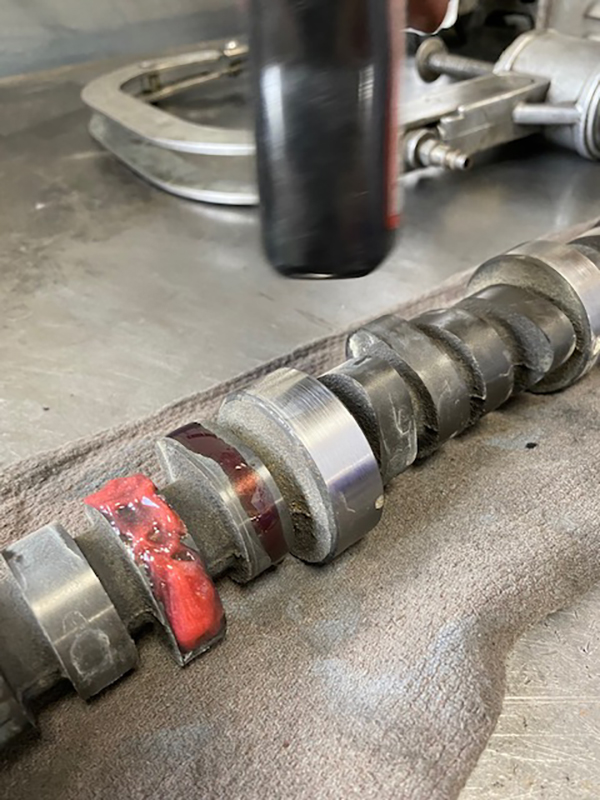
Some cam lubes are thin and drip off the cam lobes. I take thin lube and add gel capabilities to hold on to the cam lobe until start up. To do this, I add a small amount of petroleum jelly to thin cam lubes. It gives them more body so they’ll stay in place on the cam lobes where it is needed.
Scott Lance, Torrington Engine Machine, Torrington, WY
Chamfering
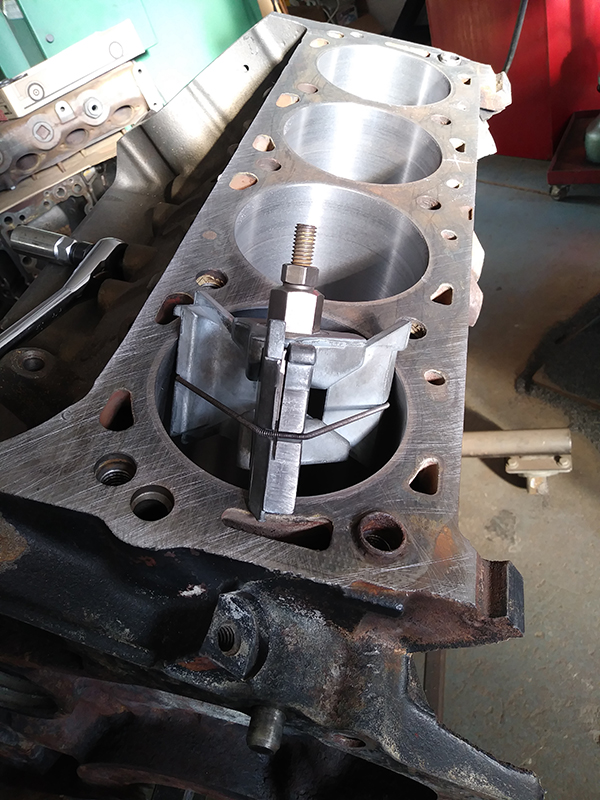
I have a brand name #2100 ridge reamer that has a cylinder chamfering attachment. I use it on every block that I bore. It puts a perfect 60-degree chamfer on the top of each cylinder, every time. It does not take any longer to use it than the abrasive chamfering cones. It gives a professional look to my bore jobs, every time.
Wes Schell, Schell Engine & Machine, Gregory SD
THE SIX “Ps”
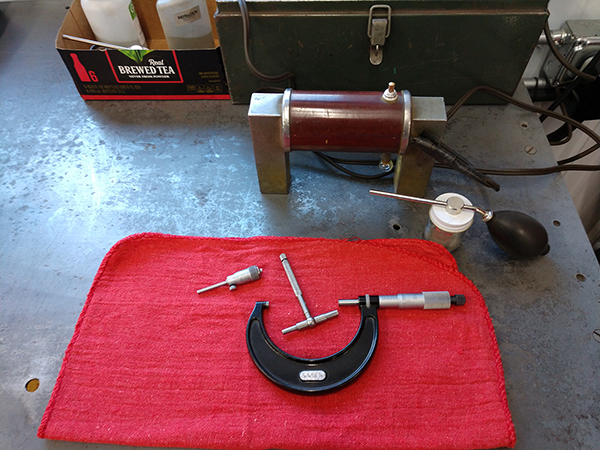
Before machining, remember “Proper Planning Prevents Piss Poor Performance,” and Murphy’s Law will have less of a chance to get you. There is nothing worse for the bottom line than finding a crack, or that the cam bearings do not fit correctly when the machine work is done and you’re ready to assemble. Don’t skip the crack check, the cam bearing bore diameter check and don’t leave out the mains, unless you planned to line hone or bore anyway.
Randy Torvinen, Torvinen’s Machine, Menahga, MN
COVER ALIGNMENT
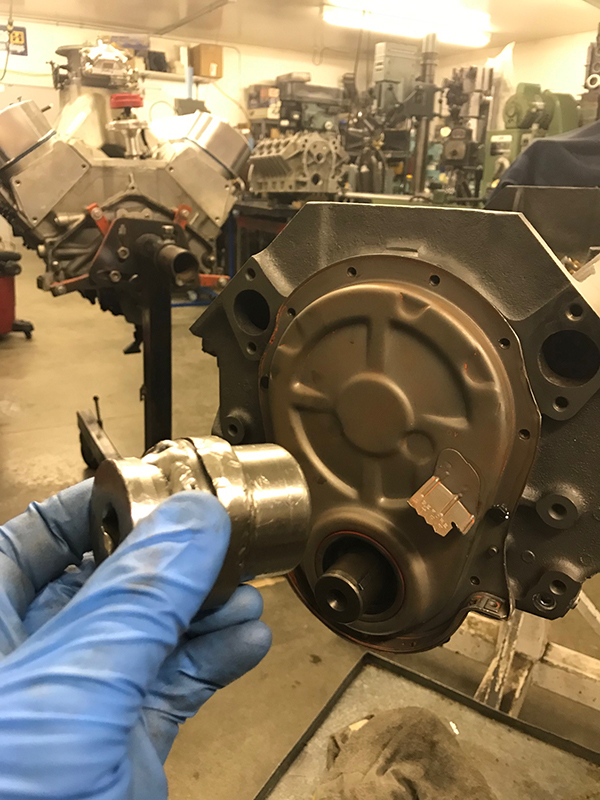
On many engines with timing covers that are located by dowel pins, there can be misalignment problems that may result in a leak. To eliminate this, I drill the dowel pin locator holes in the cover one or two sizes oversize. Then, I set it up in place with the gasket, sealer, etc, and install a slip fit harmonic balancer to center it up. Finally, simply torque it up as usual. I’ve seen many aftermarket covers that are not even close, especially the cheaper ones. Line bore repaired blocks are another example where misalignment can occur. I simply hone a discarded balancer or even cut them up to make a crank turning and centering tool, all in one.
Ron Flood, Cedar Machine, North Branch, MN

